Other Books by the Author
NONFICTION
The Shaping of a Life
The Divine Hours (Volumes 1, 2, and 3)
Christmastide: Prayers for Advent Through Epiphany from
The Divine Hours
Eastertide: Prayers for Lent and Easter from The Divine Hours
Greed
God-Talk in America
A Stitch and a Prayer
Re-Discovering the SacredSpirituality in America
The Tickle Papers
Wisdom in the Waiting
The Graces We Remember
What the Land Already Knows
The City Essays
LITURGICAL DRAMA
Tobias and the Angel
Children of Her Name
Figs and Fury
GENERAL EDITOR
HomeWorksA Book of Tennessee Writers
Confessing ConscienceChurched Women on Abortion
For Sam, in whom everything has always begun and ended for me,
and for our sons and sons-in-law
John Crockett Tickle II
Philip Wade Tickle (dec.)
Samuel Milton Tickle, Jr.
Devereaux Dunlap Cannon
Emmett Vincent Ballard
Leon Angelo Palermo
Donald Lester Wolters
Because of them, I live each day in the wisdom and comfort of good men.
The story of my participation at a private mass celebrated by Archbishop Desmond Tutu has been told once before in a slightly different form in Re-Discovering the Sacred: Spirituality in America and is adapted here with the permission of Crossroad Publishing.
Prologue
 I will be seventy years old on my next birthday and well past that mark by the time you begin to read what I have written here. What surprises me most about that accumulation of years is how light a thing they are, how much less impressive in reality than in the weighty sound of their summing. Seventy years and over should make a lifetime, should arrive at some kind of conclusion or constitute some kind of a whole. They should, but mine at least have not.
I will be seventy years old on my next birthday and well past that mark by the time you begin to read what I have written here. What surprises me most about that accumulation of years is how light a thing they are, how much less impressive in reality than in the weighty sound of their summing. Seventy years and over should make a lifetime, should arrive at some kind of conclusion or constitute some kind of a whole. They should, but mine at least have not.
Please dont misunderstand me. I can look back from here and say of my life, Had it not been for that, then this would never have been. Most of us have to arrive at no more than a third of seventy before we begin to discern a cause-and-effect relationship between single days and the years they make. Some of usthe lucky ones, perhaps, though I am not sure of thateven come fairly early to a kind of belief in the overall integrity of life. That is, we (for I am among this group) begin to trust the principle that the confusing, the painful, even the unbearable and destructive in life are movement within a pattern and toward some final end that is either good or nothing.
It is not so much, then, that I think my seventy-odd years have lacked continuity. Instead, my concern is with accurately describing the nature of their continuity; for my seventy have been more analogous to a string of knotted beads than to the flow of a river. That is to say that over the years there were choices made that unquestionably became me as well as the integrating thread for all the other choices, but the experience itself has been all about the beads.
I said something to this effect to an acquaintance a year or so ago, and he looked at me with more animus than I could ever have imagined his being capable of. You damned married women, he said. You have no idea how lucky you are, able to flop like that from one thing to another wherever your fancy takes you. With that he walked away, shoulders sharply erect and face glowering. I was so stunned by the resentment in his words that I was temporarily baffled by their logic. Later, of course, I began to appreciate the valid distinction that was buried in the rubble of his rage. I was, and for fifty years have been, married to Sam Tickle. We have had seven children together. We have buried one of them and long since reared the other six to adulthood. Over those years I have indeed moved from the domestic to the professional and back again as the need arose and, in my later years, from one occupation to another within the book industry, as the opportunity arose. In answer to my accuser, to whom I could not respond at the time, most of those early moves, if not the later ones, were occasioned by the circumstances and needs of a greater unit called Sam and Phyllis and the children. However worthy and natural a cause that may have been at the time, though, the end result has still been one of variousness and catenated segments.
I say all of this here because what follows is the story of one segment. It is the autobiography more of one of the beadsthe last onethan of me. Admittedly, the circumstances of any storythe strange way of its coming to bemust always be told as well. This one is no different from any other story in that regard. The tale itself, however, begins in late 1992 and ends in 2004, a dozen years in which I found what was happening to me much less interesting than the amazing show I was watching and recording.
The years from 1992 to 2004 were the closing ones of a near half century in which American religion effected a reconfiguration and cultural repositioning that history will, I wager, see as having been more comparable to the upheavals of Europe during the Christian Reformation and preliminary to Counter-Reformation than to anything else. By the grace of God or, perhaps, by appointmentwho knows?I was standing on the street corner, pad and pencil in hand, paid to count the traffic as that animated and sometimes raucous parade went by. What follows here, then, is not a spiritual memoir. Rather, it is a first-person account of religion in those twelve years of passionate upheaval. It is a description of the landscape, both rural and urban, which was and became the grounding of all their activity. Of necessity, of course, the painting reveals the painter and the writing, the writer. So be it.
Lucy, Tennessee

Chapter 1
 All stories, even Once upon a decade ones, must continue with and in a certain place if they are to tell themselves completely. For this story, the place is Lucy, Tennessee Lucy, where all things begin now and where, pray God, they will also arrive someday at their natural ending.
All stories, even Once upon a decade ones, must continue with and in a certain place if they are to tell themselves completely. For this story, the place is Lucy, Tennessee Lucy, where all things begin now and where, pray God, they will also arrive someday at their natural ending.
Lucy, when Sam and I brought our children here in 1977, was a clapboard, cinder-block, and tin-roofed village of no more than two dozen houses. It was surrounded by sparsely populated farmland and possessed of one aging general store, one magnificent old county school larger than the township, a railroad track with a spur, a Baptist church, a United Methodist church, two A.M.E. churches, andincongruous as it may seem at first blusha genuinely Anglican one. The school was testimony to the stature that Lucy once had enjoyed; the railroad with its spur was the explanation behind that stature.
Lucy had once been a bustling railroad stop for passengers and cargo on their way south and west toward Memphis. The general store had been both way station and caf, while the villages shade trees had functioned like oases in the midst of the desiccating heat of West Tennessee summers. But as with much of rural America, the coming of affordable cars, then of good roads, and finally of huge trucks had obviated the railroad and, thereby, the town, long before our arrival.


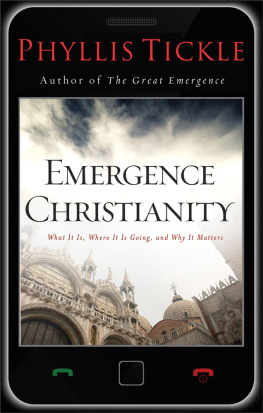
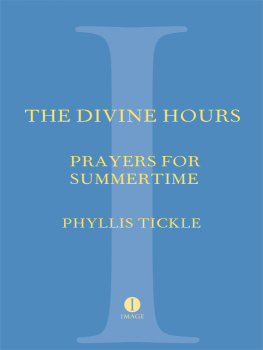
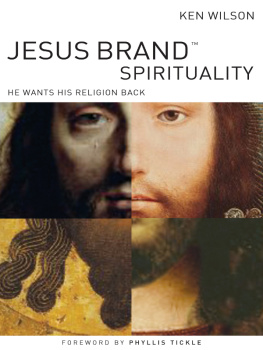
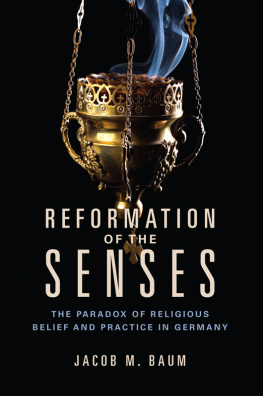
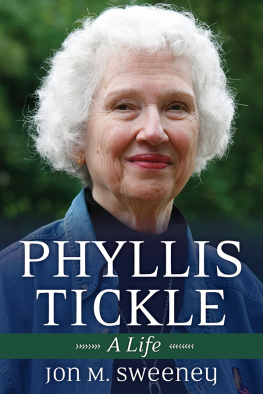
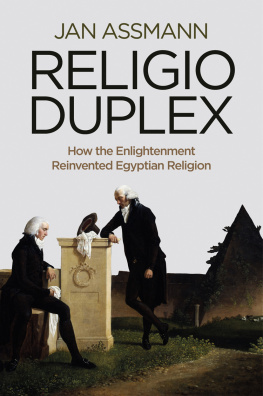
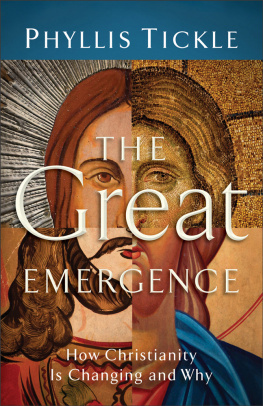
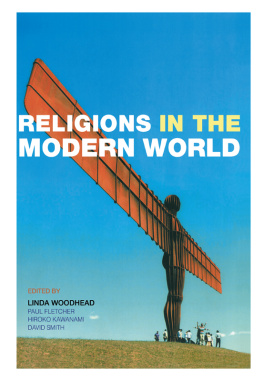
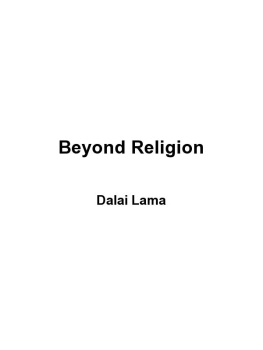
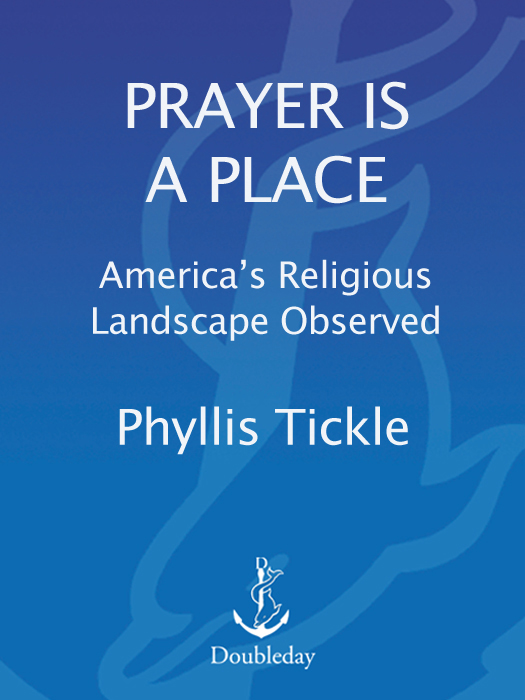
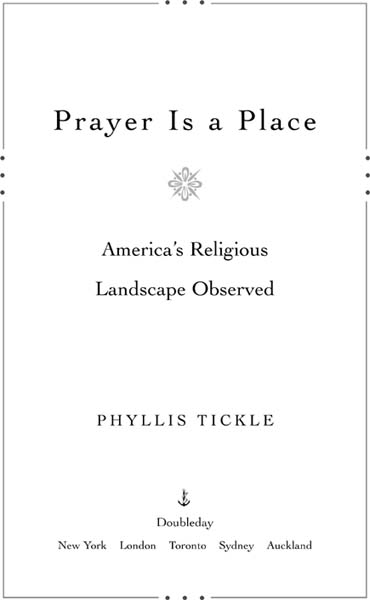
 I will be seventy years old on my next birthday and well past that mark by the time you begin to read what I have written here. What surprises me most about that accumulation of years is how light a thing they are, how much less impressive in reality than in the weighty sound of their summing. Seventy years and over should make a lifetime, should arrive at some kind of conclusion or constitute some kind of a whole. They should, but mine at least have not.
I will be seventy years old on my next birthday and well past that mark by the time you begin to read what I have written here. What surprises me most about that accumulation of years is how light a thing they are, how much less impressive in reality than in the weighty sound of their summing. Seventy years and over should make a lifetime, should arrive at some kind of conclusion or constitute some kind of a whole. They should, but mine at least have not.